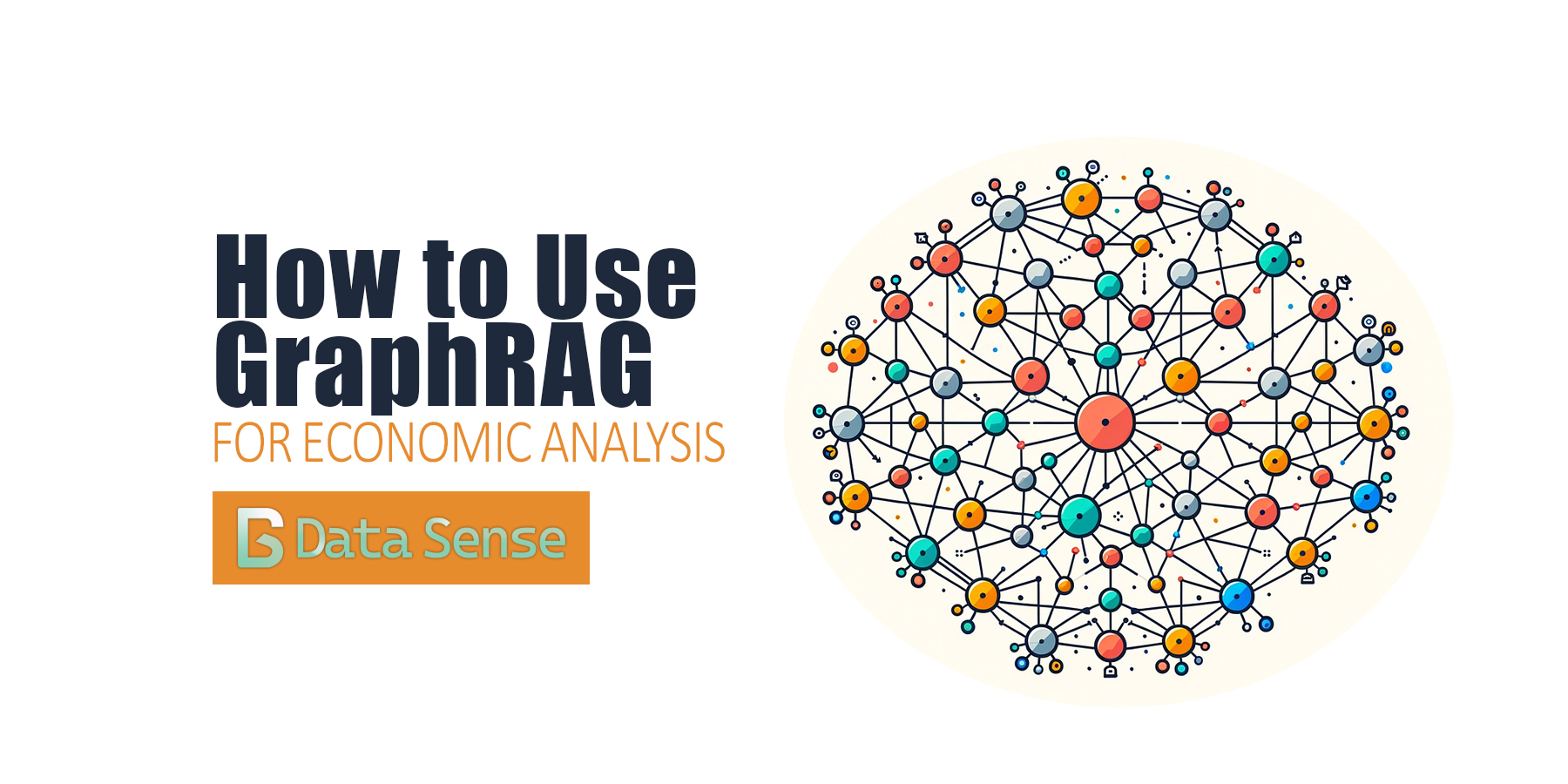How knowledge graphs are transforming economic analysis by connecting quantitative data with institutional insights
The Challenge Every Economic Analyst Knows Too Well
Economic analysis today presents a fundamental challenge: the data we need exists in two separate worlds that rarely speak to each other. On one side, we have rich quantitative datasets like the World Bank’s World Development Indicators, providing precise measurements of GDP growth, inflation rates, and unemployment figures across countries and time periods. On the other side, we have institutional reports from the IMF, OECD analyses, central bank communications, and policy papers that explain the “why” behind the numbers.
Traditional analysis forces analysts to work in silos, manually connecting quantitative trends with qualitative explanations. This process is time-intensive, prone to bias, and often incomplete. Consider trying to understand Brazil’s economic performance in 2021: the World Bank data shows 4.6% GDP growth, but understanding the role of fiscal stimulus, commodity price fluctuations, and structural reforms requires diving through dozens of separate reports and documents.

How GraphRAG Bridges Two Worlds
GraphRAG (Graph-based Retrieval Augmented Generation) changes how we approach economic analysis. Instead of treating structured and unstructured data as separate entities, GraphRAG creates a unified knowledge graph that explicitly connects countries, economic indicators, time periods, policy events, and institutional analyses.
Think of it as creating a comprehensive map of economic relationships. Traditional methods are like having separate city maps for different neighborhoods, which is useful individually but lacking the connections between areas. GraphRAG creates the complete metropolitan map, showing how economic indicators in one country relate to policy decisions, how regional trends connect across borders, and how institutional analyses provide context for quantitative patterns.

Why Traditional RAG Falls Short
While traditional RAG systems have shown impressive capabilities in many domains, they struggle with the complex, multi-dimensional queries common in economic analysis. Traditional RAG systems excel at finding similar text but fail when analysis requires understanding relationships across multiple data sources and time periods.
For example, consider this question: “What factors contributed to Mexico’s inflation control success in 2022 compared to Argentina’s challenges, and how do recent policy adjustments affect future projections?”
A traditional RAG system might retrieve:
• Mexico’s inflation data from World Bank
• Argentina’s inflation statistics
• A document mentioning Mexican monetary policy
• Another document discussing Argentine economic challenges
However, it struggles to connect these pieces meaningfully, identify causal relationships, or synthesize the information into coherent comparative analysis.
The GraphRAG Advantage: Connected Intelligence
GraphRAG solves these limitations through several key innovations:
- Retrieval by Relationships: Instead of relying solely on text similarity, GraphRAG understands the relationships between economic entities. It knows that when you ask about Brazil’s fiscal policy, you might need related information about government debt levels, IMF assessments, and comparative regional contexts.
- Multiple Reasoning: Complex economic questions often require connecting multiple pieces of information across different sources and time periods. GraphRAG can traverse these connections systematically, following paths through the knowledge graph to build comprehensive answers.
- Context Preservation: By structuring information in a graph format, GraphRAG maintains the context and relationships that are often lost in traditional text-based retrieval systems. Economic indicators are understood within their policy context, regional comparisons maintain their analytical framework, and temporal relationships are preserved.
Real World Applications Across Industries

The practical applications of GraphRAG extend across multiple professional contexts:
Technical Innovation Without Complexity
The technical implementation of GraphRAG involves several sophisticated components working together seamlessly:
- GraphRAG employs both graph databases (for relationship modeling) and vector databases (for semantic search), combining the precision of structured relationship traversal with the flexibility of similarity-based retrieval.
- Using specialized natural language processing (NLP) helps identify economic concepts, policy instruments, and institutional actors from unstructured documents, automatically building the knowledge graph from diverse data sources.
- Large Language Models (LLMs) adapt query strategies based on the specific characteristics of user questions, generating appropriate graph traversal patterns and synthesizing retrieved information into coherent responses.
Learn More About GraphRAG for Economic Analysis
Our upcoming comprehensive tutorial addresses real-world complexity that other resources often overlook:
• Learn how to incorporate architectural patterns used by professional data teams, including error handling, scalability considerations, and integration with existing analytical workflows.
• Work with actual World Bank, IMF and OECD data, understanding the data quality challenges and integration considerations that arise in practice.
• Complete end-to-end tutorial covering initial data collection through advanced analytical applications.
• Understand techniques for handling large-scale economic datasets efficiently, including indexing strategies, query optimization, and caching mechanisms.
The tutorial includes complete Python implementations with detailed explanations, sample datasets for immediate experimentation, and best practices derived from production deployments.
The Future of Economic Analysis
GraphRAG represents more than a technical advancement, it is a fundamental shift toward more integrated analytical methodologies. As economic data continues to expand in volume and complexity, tools that can effectively synthesize diverse information sources become increasingly critical for meaningful insight and decision making.
The convergence of economic theory, data science methodology, and advanced computational techniques opens new possibilities for understanding complex economic phenomena. GraphRAG provides the methodological foundation for this convergence, enabling analysts to ask more sophisticated questions and derive more comprehensive insights.
Whether you’re a data scientist exploring economic applications, an economist seeking to leverage modern analytical techniques, or a policy researcher looking for better integration tools, GraphRAG offers practical capabilities that can transform your analytical workflows immediately.
Stay tuned for our complete implementation tutorial, where we’ll transform these concepts into working systems you can deploy within your own analytical environments. The future of economic analysis is integrated, intelligent, and ready to unlock insights hidden within the vast landscape of economic data.
